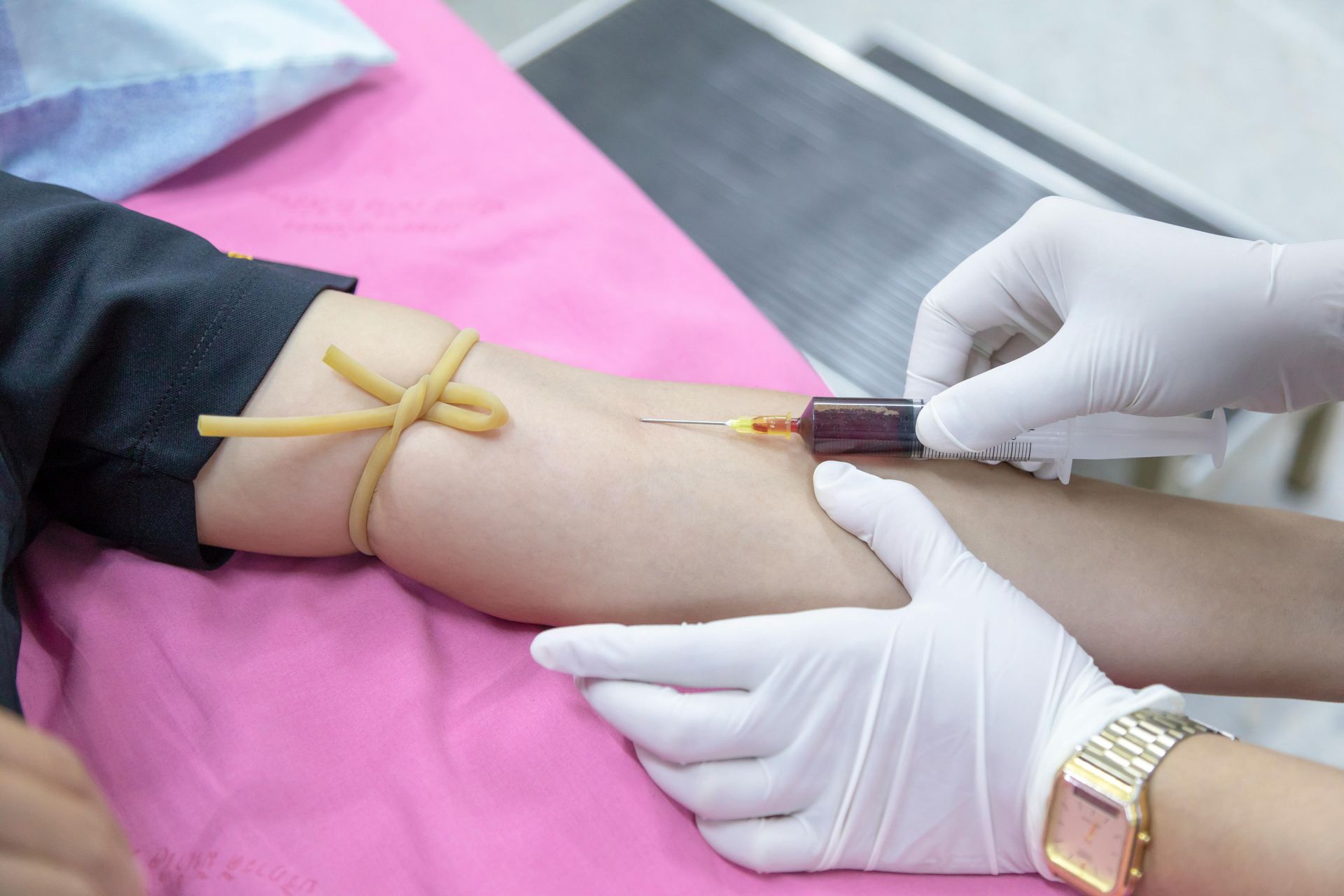Diarrhea and diarrhoea remain among the most frequently reported side effects of IV antibiotics. These medications can disrupt the natural balance of bacteria in your gut microbiome, leading to digestive issues. The disruption, known as dysbiosis, may cause stomach discomfort, nausea, and changes in bowel movements. In some cases, antibiotic use can lead to vaginal yeast infections or fungal infection due to altered bacterial populations.
IV Antibiotics Side Effects: What Patients Need to Know
Intravenous antibiotics are powerful medications administered directly into the bloodstream to combat serious bacterial infections. While IV antibiotics offer rapid therapeutic benefits for patients requiring immediate treatment, understanding their potential side effects is crucial for anyone undergoing this form of antibiotic therapy. From minor reactions to severe complications, knowing what to expect can help you work effectively with your doctor and healthcare team.
What Are IV Antibiotics and How Do They Work?
IV antibiotics are medications delivered directly into your bloodstream through an intravenous line to treat bacterial infections more effectively than oral antibiotics. This delivery method allows the medication to bypass the digestive system, providing immediate concentration in the bloodstream and faster action against bacteria. Medical professionals use IV antibiotic therapy for severe infections, bacterial infections that don't respond to oral medications, or when patients cannot take medication by mouth.
Common types of IV antibiotics include cephalosporins like Ceftriaxone and Cefazolin, penicillin derivatives, fluoroquinolones, and broad-spectrum antibiotics. A nurse or healthcare provider administers these medications through an IV catheter, PICC lines, or other intravenous access points. The treatment duration varies depending on the infection severity and patient response to therapy. Many patients receiving IV therapy treatments find that professional mobile services provide convenient care.
Common Side Effects of IV Antibiotics
Most patients tolerate IV antibiotics well, but side effects can occur. Understanding these reactions helps you identify potential problems early and seek appropriate medical attention when necessary.
Gastrointestinal Reactions
Injection Site Reactions
Serious Allergic Reactions to IV Antibiotics
Allergic reactions represent one of the most significant concerns with IV antibiotic administration. These reactions can range from mild to life-threatening, requiring immediate medical intervention.
Recognizing Anaphylaxis
Anaphylaxis is a severe, potentially fatal allergic reaction that requires emergency treatment. Symptoms include difficulty breathing, rapid heartbeat, severe skin rash, facial swelling, and a sudden drop in blood pressure. Patients with known penicillin allergy or previous allergic reactions to cephalosporin antibiotics face higher risks. Your doctor will carefully review your medical history before prescribing IV antibiotics to minimize this risk.
Other Allergic Responses
Less severe allergic reactions may manifest as hives, itching, or a widespread skin rash. Some patients experience photosensitivity, making their skin more sensitive to sunlight during treatment. If you develop any unusual symptoms, immediately notify your healthcare provider. Maintaining proper hydration during treatment can help your body process medications more effectively and reduce some side effects.
Drug Interactions and Complications
IV antibiotics can interact with other medications, creating additional side effects or reducing treatment effectiveness. Understanding these interactions helps prevent complications during your antibiotic course.
Medication Conflicts
Certain drug interactions can increase side effects or reduce antibiotic effectiveness. For instance, some fluoroquinolones may interact with blood thinners like Warfarin, affecting blood clotting. Patients with liver disease or kidney disease require adjusted dosing to prevent medication buildup and toxicity. Your doctor will review all your current medications, including antihistamines and supplements, before starting IV antibiotic therapy.
Monitoring Requirements
Regular blood tests help healthcare providers monitor for complications during extended IV antibiotic treatment. Blood samples can detect early signs of liver problems, kidney issues, or blood disorders. Patients receiving IV antibiotics at home through a home health nurse should understand their monitoring schedule and report any concerning symptoms promptly. Mobile IV therapy services can provide professional medical support in the comfort of your home.
Antibiotic Resistance and Long-Term Concerns
The overuse and misuse of antibiotics have contributed to the growing problem of antibiotic resistance, where bacteria develop immunity to these medications. This makes treating bacterial infections increasingly challenging and highlights the importance of appropriate antibiotic use.
Understanding Resistance
When antibiotics are used unnecessarily or incompletely, bacteria can adapt and develop resistance mechanisms. Antimicrobial-resistant infections require more aggressive treatment approaches, often involving broad-spectrum antibiotics or newer medications. Organizations like the Centers for Disease Control and Prevention emphasize completing your entire antibiotic course as prescribed, even when symptoms improve.
Responsible Antibiotic Use
Only take antibiotics when prescribed by your doctor for confirmed bacterial infections. Antibiotics don't treat viral conditions like bronchitis or most sinus infection cases. Following your healthcare provider's instructions precisely helps combat antibiotic resistance while ensuring effective treatment. After completing antibiotics, supporting your body with proper nutrition and electrolyte balance aids recovery.
Specific Concerns with Different Antibiotic Classes
Different types of IV antibiotics carry unique side effect profiles that patients should understand before beginning treatment.
Fluoroquinolone Risks
Fluoroquinolone antibiotics, while effective against many bacterial infections including Gonorrhea, carry specific warnings. These medications may cause tendon problems, nerve damage, and in rare cases, hearing loss. The medication also increases photosensitivity, requiring sun protection during treatment.
Cephalosporin Considerations
Cephalosporins like Ceftriaxone, Vancomycin (Vancocin HCl, Vancoled), and Clindamycin are generally well-tolerated but can cause diarrhea and allergic reactions. Patients allergic to penicillin may also react to certain cephalosporins, though cross-reactivity isn't universal. Your healthcare team will assess this risk before prescribing these antibiotics.
Managing Side Effects and Seeking Help
Knowing how to manage minor side effects and when to seek medical attention ensures safe IV antibiotic therapy.
Home Care Strategies
For mild diarrhea, stay well-hydrated with water and electrolyte solutions. Mobile IV therapy can provide rapid rehydration if needed. Avoid taking anti-diarrheal medications without consulting your doctor, as they may prolong the problem. Report persistent or severe diarrhea to your healthcare provider, as this could indicate a serious complication. If you're experiencing dehydration symptoms alongside antibiotic side effects, IV rehydration therapy can provide fast relief.
When to Contact Your Healthcare Provider
Contact your doctor or nurse immediately if you experience severe allergic reactions, persistent fever, worsening infection symptoms, severe diarrhea lasting more than two days, or unusual bleeding or bruising. If you're receiving treatment through PICC lines at home, watch for signs of line infection including redness, warmth, or drainage at the catheter site.
Safety Measures and Prevention
Healthcare facilities and providers implement numerous safety measures to minimize IV antibiotic side effects and ensure optimal patient outcomes.
Pre-Treatment Assessment
Before starting IV antibiotics, your doctor conducts a thorough evaluation including medical history review, allergy assessment, current medication review, and baseline blood tests when appropriate. This assessment identifies potential risks and helps select the safest, most effective antibiotic for your infection.
Proper Administration Techniques
Trained medical professionals follow strict protocols when administering IV antibiotics. They use sterile equipment, monitor for immediate reactions, flush the IV line with saline or heparin as needed, and educate patients about what to expect. These measures significantly reduce complication risks. After completing antibiotic treatment, many patients benefit from immunity-boosting IV therapies to support their body's natural defenses and promote faster recovery.
The Importance of Professional Oversight
IV antibiotic therapy requires careful medical supervision to ensure effectiveness while minimizing risks. Whether receiving treatment in a hospital, clinic, or at home with a home health nurse, professional oversight remains essential.
Working closely with your healthcare team, including your doctor, nurse, and pharmacist, ensures the safest possible treatment. Don't hesitate to ask questions about your medication, report any side effects promptly, and follow all instructions carefully. Proper hydration supports your body during antibiotic treatment and helps flush the medication through your system effectively.
Understanding IV antibiotics side effects empowers you to be an active participant in your healthcare. While these medications carry risks, they remain essential tools for treating serious bacterial infections. By recognizing potential complications early and maintaining open communication with your medical team, you can maximize treatment benefits while minimizing adverse effects.
If you're experiencing side effects from IV antibiotics or need support during your recovery, professional medical guidance is crucial. Electrolyte Med offers mobile IV therapy services that can help with rehydration and recovery support, bringing professional care directly to your location throughout Los Angeles. Always consult with your healthcare provider before starting any new treatment or if you have concerns about your current antibiotic therapy.






